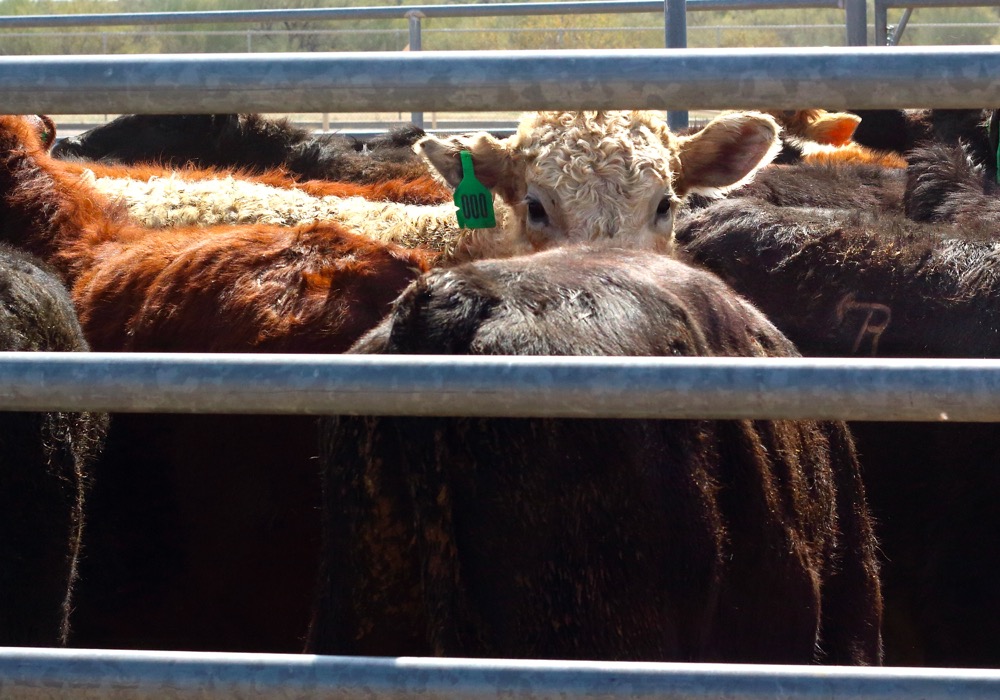The financial uncertainty gripping the international markets could also take its toll on the Canadian hog sector, according to market sources, who noted that prices have declined over the past month.
However, lower feed grain costs and a weaker Canadian dollar are helping boost the profitability of hog producers in the short term.
Brad Marceniuk, a livestock analyst with Saskatchewan Agriculture and Food, noted that while North American hog and pork prices have declined over the past few weeks, the values had not come down as much in Canada due to the weaker Canadian dollar.
Read Also

Manitoba Forage and Grasslands Association wins Water Canada innovation award
The farmer-led Manitoba Forage and Grassland Association has earned the Early Adopter/Innovation Partnership Award from Water Canada for the MFGA’s collaborative Aquanty hydrological modelling project for water management.
In the short term, hog profitability for the producer is actually improving as a result of the financial crisis, said Tyler Fulton, director of risk management with Manitoba Pork Marketing Co-op. He said feed grain values are dropping in value because hedge funds have exited their large long positions.
However, the longer-term outlook is considerably more uncertain.
Fulton pointed out that a deep recession would mean a reduction in demand for all products, including pork. In addition, the purchasing power of importing nations would be reduced. He said the strong U. S. dollar, which may be favourable for Canadian producers, makes pork more expensive for international buyers.
Concerns about credit availability could also cause problems in the Canadian hog sector, said Fulton who pointed out that meat companies often work with a heavy debt-to-equity ratio. “That could, if nothing else, impact their business models, or possibly tighten the number of buyers looking for hogs,” said Fulton.
Marceniuk said he had not seen any credit-related problems in the hog industry yet. However, he said any problems with exports would weigh on prices, especially as supplies are expected to be large.
On the supply side, Marceniuk said expectations for a record U. S. hog slaughter in the fourth quarter of 2008 would keep prices under pressure. However, strong demand has kept up with supplies so far, and he said the question now was whether or not the exports would remain strong.














